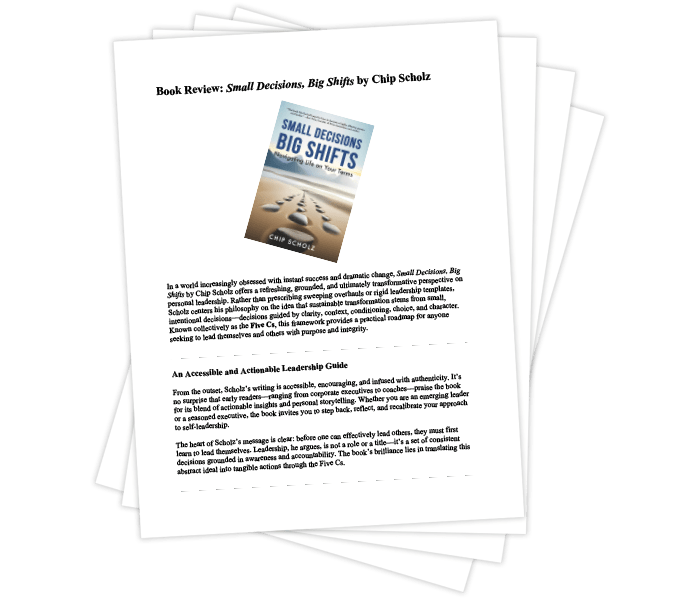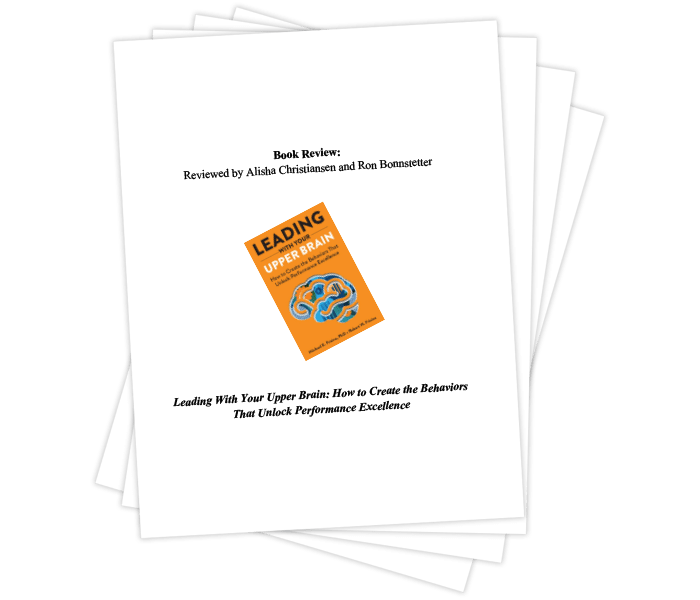
Nov 3, 2025
From the outset, Scholz’s writing is accessible, encouraging, and infused with authenticity. It’s no surprise that early readers—ranging from corporate executives to coaches—praise the book for its blend of actionable insights and personal storytelling.

Nov 3, 2025
Michael and Robert anchor their ideas in the brain’s architecture—what they call “leading with your upper brain.” The prefrontal cortex, our upper brain, governs executive functions such as planning, emotional regulation, and moral reasoning. In contrast, the limbic system, or “lower brain,” is reactive, impulsive, and fear-driven.

Jun 17, 2025
Although often used interchangeably, emotions and feelings are distinct psychological constructs. Emotions are automatic, unconscious bodily responses to internal or external events, such as facial expressions or changes in heart rate, and tend to be short-lived and universal across cultures. In contrast, feelings are the conscious, subjective interpretations of those emotions. They are longer-lasting, shaped by personal experience and culture, and primarily measured through self-reports. While emotions happen to us, feelings are shaped by how we interpret them.

Jan 27, 2025
The Five Sciences of Self: How personal insights create transformative impact, offers a unique and thought-provoking approach to understanding human behavior, blending neuroscience, psychology, and personal development. The book introduces five interconnected “sciences” that include behaviors, motivators, workplace competencies, emotional intelligence and formal axiology.

Jan 24, 2025
10% Happier by Dan Harris is a refreshingly honest, humorous, and insightful memoir that tackles the journey toward mindfulness and meditation from the perspective of someone who was once a skeptic. Harris, a news anchor with ABC, begins with a relatable story about his own panic attack on live television, which sets him on a quest for inner peace.




